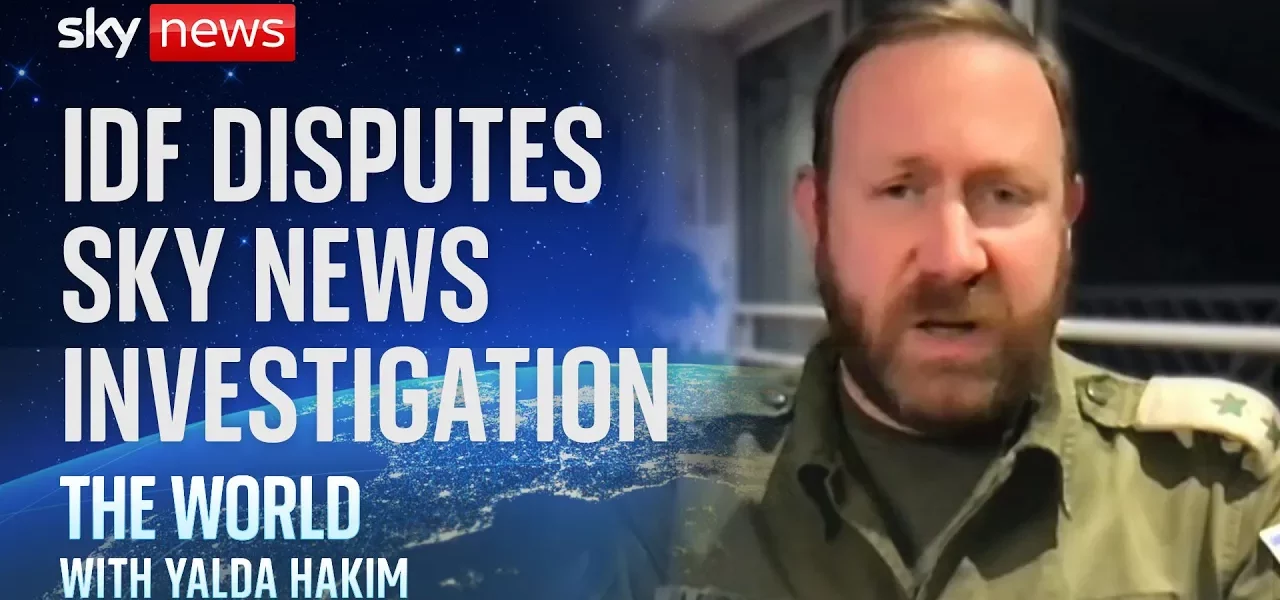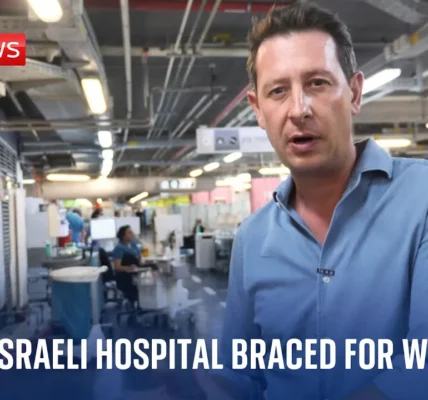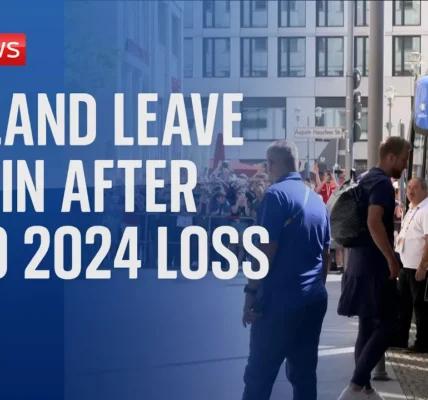Interview with IDF Spokesperson Peter Larner on Gaza Incident

This article provides a comprehensive overview of an interview with Israel Defense Forces (IDF) spokesperson Peter Larner regarding a tragic incident in Gaza, the complexities of military operations, and the implications of international law. Join us as we delve into the details and explore the viewpoints presented during this critical dialogue.
Introduction
The ongoing conflict in Gaza has drawn international attention and scrutiny, particularly following tragic incidents involving civilian casualties. In a recent interview, IDF spokesperson Peter Larner addressed these concerns, responding to allegations regarding the IDF’s presence during a specific incident. This article will dissect the critical points raised during the interview, including the IDF’s operational protocols, the reliability of satellite imagery, and the broader implications of military actions within the framework of international law.
The Context of the Incident
The incident in question has been described as horrific and tragic, drawing emotional responses from around the globe. During the interview, Larner emphasized the painful impact on families affected by the conflict. He acknowledged the gravity of the situation, stating that the death of a civilian, referred to as “Pind,” is a tragedy representative of the wider consequences of war.
IDF’s Initial Investigation
Larner shared insights from the IDF’s initial investigation, asserting that no forces were in the area at the time of the incident. He clarified that while there may have been gunfire in the vicinity, the IDF did not conduct an attack against the vehicle involved. This claim is crucial in understanding the IDF’s stance on accountability and transparency.
Satellite Imagery and the Dispute
One of the focal points of the interview was the debate surrounding satellite imagery provided by Planet, a respected satellite imagery company. This imagery reportedly shows IDF forces in the area on the day of the incident, leading to questions about the IDF’s narrative.
Verification of Satellite Images
Larner contested the interpretation of these images, stating that the IDF investigation did not confirm the presence of military vehicles as alleged. He pointed out the challenges in verifying the timing and context of satellite images, suggesting that they do not definitively prove military involvement.
Understanding Military Operations
It is essential to recognize that military operations in conflict zones are complex. The IDF conducts numerous missions throughout Gaza, and the presence of vehicles does not necessarily indicate an attack was launched. Larner stressed that the IDF operates under strict protocols, aiming to minimize civilian harm whenever possible.
The Role of Humanitarian Agencies
Another critical aspect discussed was the role of humanitarian organizations, such as the Palestinian Red Crescent. Larner stated that these organizations cannot operate in active military zones without proper coordination, emphasizing the IDF’s commitment to ensuring safe passage for humanitarian efforts.
Challenges Faced by Humanitarian Workers
- Difficulty in accessing areas due to ongoing military operations.
- Risk of becoming caught in crossfire during conflicts.
- Need for clear communication with military forces to ensure safety.
Larner acknowledged that thousands of ambulance movements occur daily, but highlighted that operational coordination is critical to maintaining safety for both medical personnel and civilians.
Compliance with International Law
The interview also touched on the IDF’s adherence to international law, particularly during armed conflict. Larner articulated that the IDF is committed to operating within the realm of the laws of armed conflict, which governs military engagement and the treatment of civilians.
Criticism from International Leaders
UN Secretary-General Antonio Guterres has raised concerns about the conduct of the conflict, emphasizing the need to protect civilians and ensure their basic needs are met. In response, Larner defended the IDF’s actions, asserting that their military strategy is shaped by the need to counteract threats from terrorist organizations.
Protecting Civilians in Conflict
While the IDF aims to protect its citizens, the complexities of modern warfare mean that they must also consider the implications of their operations on civilian populations. Larner argued that the IDF’s strategies are designed to balance military objectives with humanitarian considerations.
Conclusion
The interview with Peter Larner sheds light on the intricate dynamics of military operations in Gaza, the challenges of verifying information during conflict, and the importance of adhering to international law. As the situation continues to evolve, ongoing investigations and dialogue will be crucial in understanding the full ramifications of these incidents. For those interested in further exploring the conflict and its implications, we encourage you to read related articles on our website discussing the humanitarian crisis and the legal frameworks governing armed conflict.
Stay informed and engaged as we continue to cover developments in this ongoing situation.
“`




